Exercise is a vital part of staying fit and healthy, but improper techniques and bad habits can lead to injuries. From lifting too much weight to neglecting proper warm-ups, these mistakes can set you back on your fitness journey. By identifying and correcting these common errors, you can minimize the risk of injury and make the most of your workouts. Let’s dive into the most common workout mistakes that can lead to injury and learn how to avoid them.
Contents
- 1 Skipping Warm-Ups
- 2 Using Improper Form
- 3 Overtraining
- 4 Lifting Too Much Weight
- 5 Neglecting Flexibility Training
- 6 Ignoring Pain
- 7 Improper Footwear
- 8 Not Hydrating Enough
- 9 Poor Nutrition
- 10 Skipping Cool-Downs
- 11 More From RetailShout
- 12 14 Mouthwatering Barbecue Recipes for the Perfect Grill
- 13 18 Best Trader Joe’s Pumpkin Treats to Savor This Fall
Skipping Warm-Ups

Skipping warm-ups is a common mistake that can lead to injuries. Warm-ups prepare your muscles and joints for the workout, increasing blood flow and flexibility. Without a proper warm-up, you’re more prone to strains and sprains. Spend at least 10 minutes warming up with light cardio or dynamic stretches to prevent injuries.
Using Improper Form
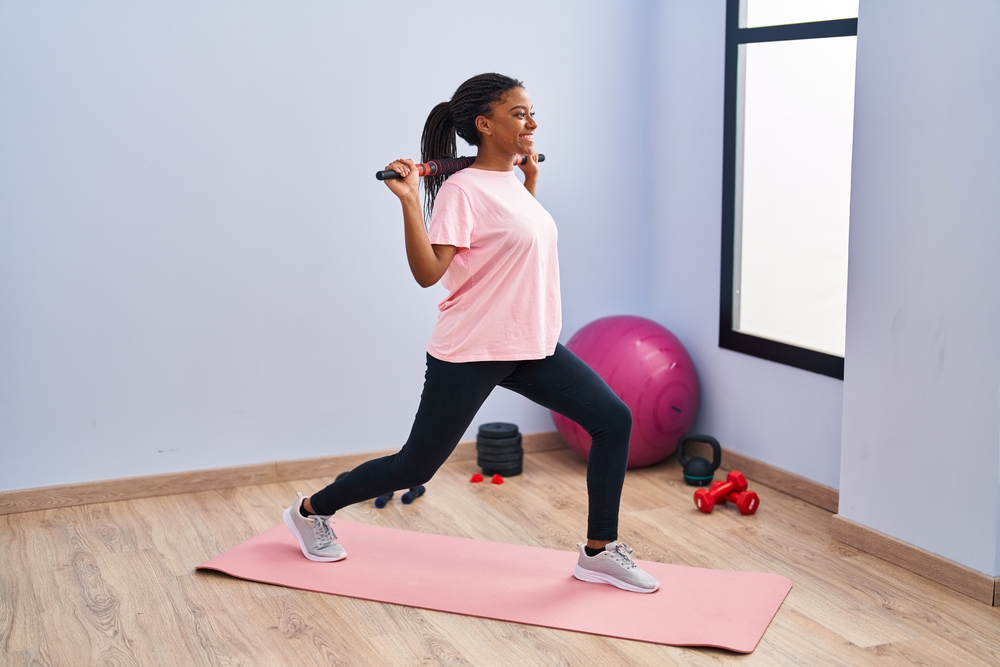
Using improper form during exercises can cause serious injuries over time. Poor form places unnecessary stress on muscles and joints, leading to strains and imbalances. It’s essential to learn and maintain correct posture and technique for each exercise. If you’re unsure, consider working with a trainer to ensure you’re performing movements correctly.
Overtraining
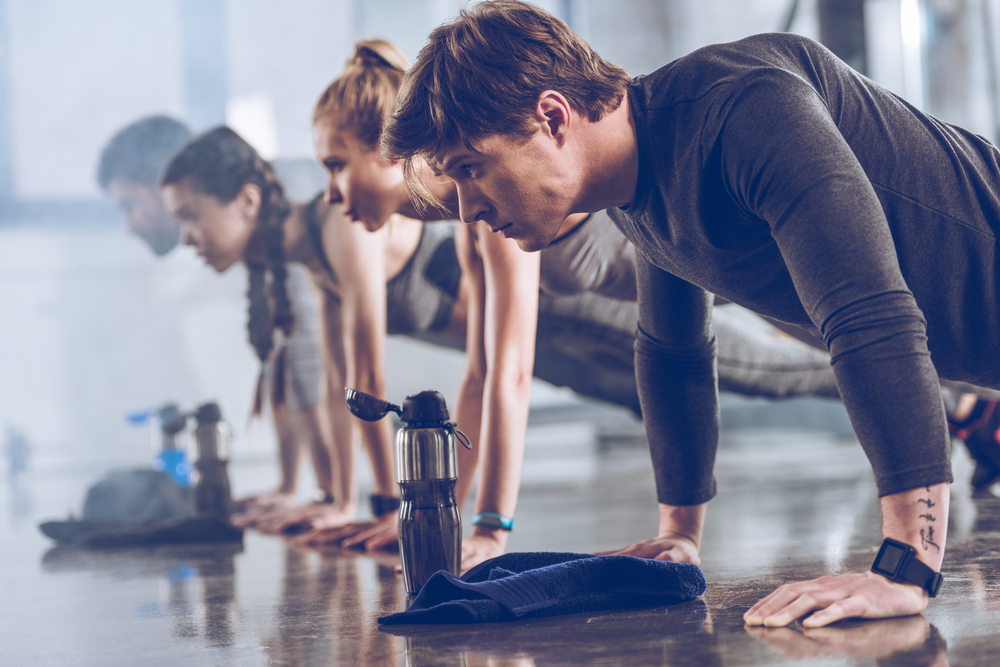
Overtraining occurs when you push your body too hard without adequate rest. This mistake can lead to chronic injuries, fatigue, and decreased performance. Your muscles need time to recover and rebuild after workouts. Incorporate rest days into your routine and listen to your body to avoid overtraining and related injuries.
Lifting Too Much Weight

Lifting too much weight is a common mistake that can cause acute injuries like muscle tears and joint damage. It’s important to start with weights that match your current strength level and gradually increase as you build muscle. Focus on controlled movements and proper form rather than lifting the heaviest weight possible.
Neglecting Flexibility Training
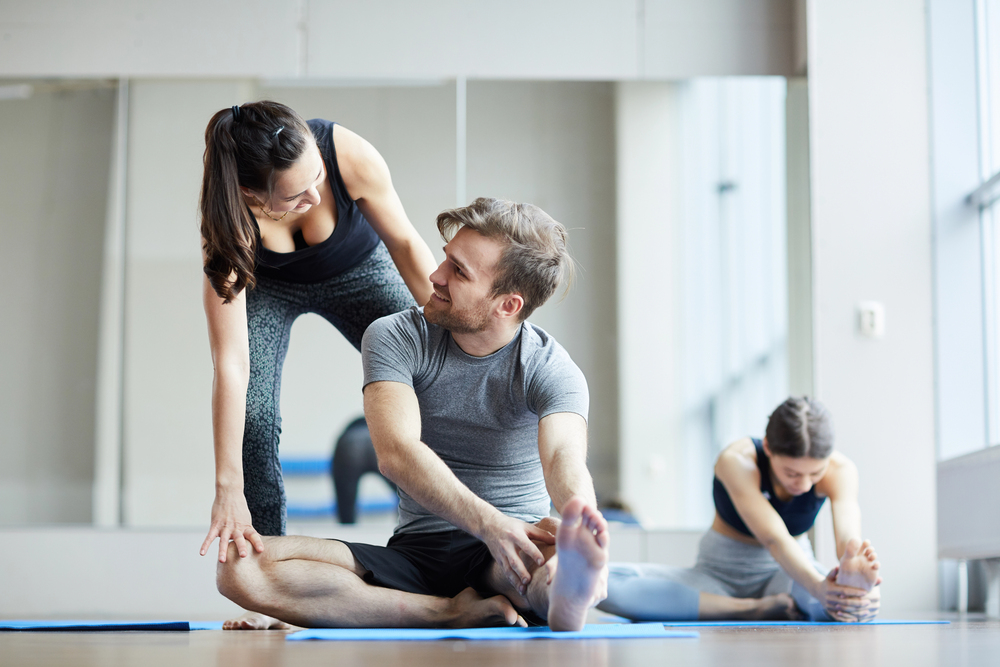
Neglecting flexibility training can lead to tight muscles and a limited range of motion, increasing the risk of injury. Stretching helps maintain muscle elasticity and joint health. Incorporate static and dynamic stretches into your routine, focusing on major muscle groups. Regular flexibility training can prevent injuries and improve overall performance.
Ignoring Pain

Ignoring pain and pushing through discomfort can lead to serious injuries. Pain is your body’s signal that something is wrong. If you experience sharp or persistent pain during a workout, stop and assess the situation. Rest and seek medical advice if necessary to prevent further damage.
Improper Footwear
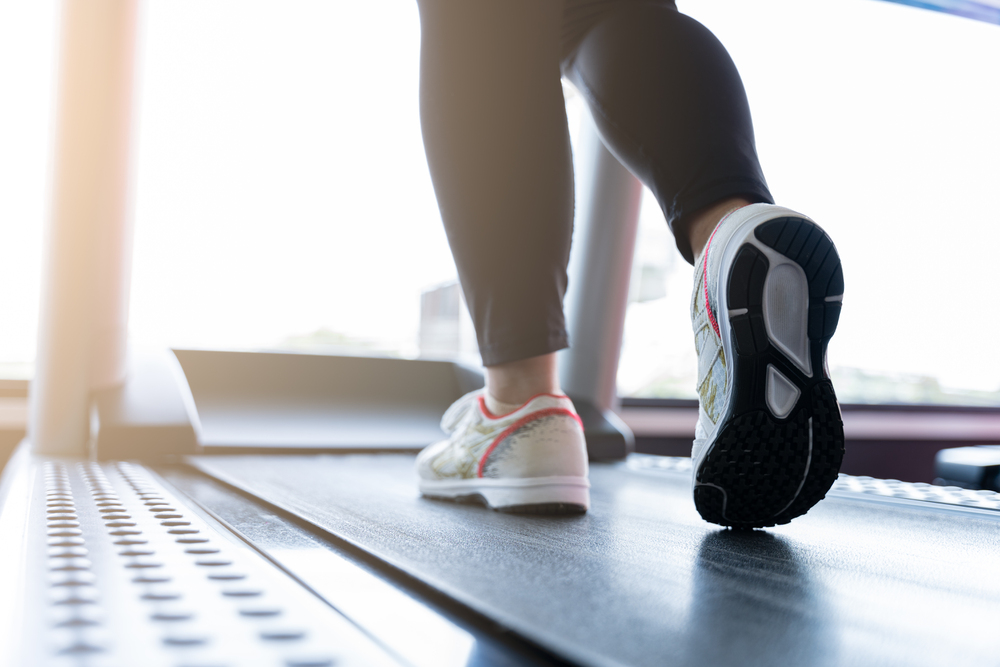
Wearing improper footwear can affect your workout form and increase the risk of injuries. Shoes that lack proper support and cushioning can lead to issues like shin splints and joint pain. Invest in quality footwear that matches your activity type. Proper shoes provide stability and support, reducing the risk of injury.
Not Hydrating Enough

Not hydrating enough before and during workouts can lead to dehydration, affecting your performance and increasing injury risk. Dehydration can cause muscle cramps, dizziness, and fatigue. Ensure you drink plenty of water before, during, and after exercise. Staying hydrated helps maintain muscle function and overall health.
Poor Nutrition

Poor nutrition can impact your energy levels and recovery, increasing the likelihood of injury. Eating a balanced diet provides the necessary fuel for your workouts and aids in muscle repair. Include a mix of proteins, carbohydrates, and fats in your diet. Proper nutrition supports your fitness goals and helps prevent injuries.
Skipping Cool-Downs

Skipping cool-downs is a mistake that can lead to muscle stiffness and injury. Cool-downs help gradually lower your heart rate and stretch out muscles post-workout. Spend at least 5-10 minutes cooling down with light activities and stretches. A proper cool-down aids in recovery and reduces the risk of post-exercise injuries.
This article originally appeared on RetailShout.
More From RetailShout
15 High-Fat, Low-Carb Keto Breakfasts You’ll Love

Looking for tasty and easy keto breakfast ideas? We’ve got you covered! Here are 15 delicious options that are high in fat and low in carbs, perfect for starting your day the keto way. Read More.
14 Mouthwatering Barbecue Recipes for the Perfect Grill
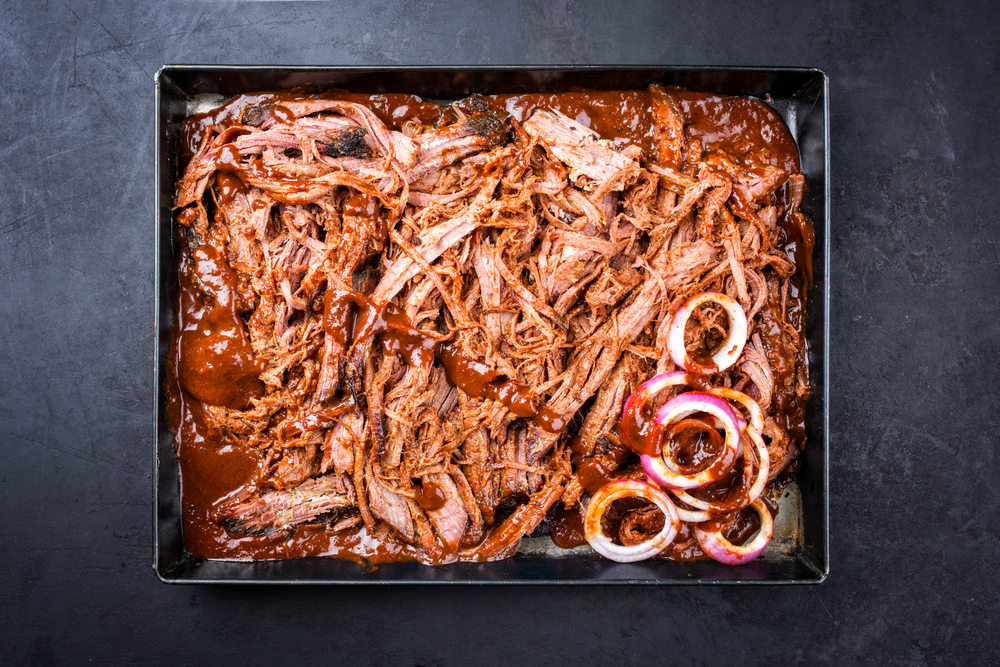
Want to up your barbecue game? These recipes will make you the star of any cookout. They’re simple, delicious, and will have you feeling like a true pitmaster in no time. Read More.
18 Best Trader Joe’s Pumpkin Treats to Savor This Fall

Pumpkin season is back, and nobody does it better than Trader Joe’s. If you’ve ever wondered how many ways pumpkin can work its way into your pantry, TJ’s has the answer, and it’s delicious. Read More.






